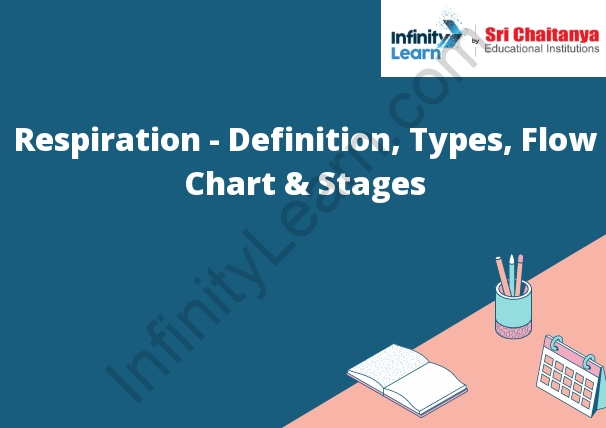Table of Contents
Definition of Respiration
Respiration is the process of exchanging gases between the cells of an organism and the environment. In aerobic respiration, the organism uses oxygen to break down glucose and other molecules to release energy. The energy is used to power the organism’s biological processes. In anaerobic respiration, the organism does not use oxygen and produces lactic acid as a by-product.

Aerobic respiration
Aerobic respiration is the process of breaking down glucose (sugar) in the presence of oxygen to produce energy. The energy released is used to power the cell’s activities.
Aerobic Respiration in Plants:
Aerobic respiration in plants is the process that produces the energy necessary for plant growth and development. This process occurs in the mitochondria of the plant cells and involves the breakdown of glucose molecules to release energy. The energy is then used to produce ATP, the molecule that provides energy for all cellular activities.
Anaerobic Respiration
Aerobic respiration is the process that uses oxygen to break down glucose and other organic molecules to release energy in the form of ATP. Anaerobic respiration is the process that does not use oxygen to break down glucose and other organic molecules to release energy in the form of ATP.
External Respiration
External respiration is the process of exchanging oxygen and carbon dioxide between the lungs and the blood. When we breathe in, air travels through the trachea and bronchi into the lungs, where the oxygen is absorbed into the blood. The carbon dioxide is then exhaled.
Internal Respiration
Internal respiration is the process of exchanging gases between the blood and tissues. Oxygen is exchanged for carbon dioxide in the tissues. The carbon dioxide is then transported back to the lungs where it is exhaled.
Cellular Respiration
Cellular respiration is the process by which cells break down food molecules to extract energy. The process begins with the digestion of food in the stomach and small intestine. The food is then broken down into glucose molecules, which are absorbed into the bloodstream. The glucose molecules are then transported to the cells, where they are used to produce ATP, the energy currency of the cell.
The Chemical Reaction is :
Aluminum + Sulfuric Acid -> Aluminum Sulfate + Hydrogen
This reaction is a combustion reaction. Combustion reactions involve the combining of a fuel with oxygen to create heat and light. In this reaction, aluminum is the fuel and sulfuric acid is the oxygen. Aluminum sulfate is a product of the reaction, and hydrogen is a by-product.
The Different Stages of Respiration:
Inhalation:
Inhalation is when fresh air is brought into the lungs. The diaphragm contracts and the ribcage expands, which causes a decrease in air pressure in the lungs. This causes air to flow into the lungs.
Exhalation:
Exhalation is when carbon dioxide is released from the lungs. The diaphragm relaxes and the ribcage contracts, which causes an increase in air pressure in the lungs. This causes carbon dioxide to flow out of the lungs.
Anaerobic Respiration in Muscles
Anaerobic respiration is the process that muscles use to create energy when there is not enough oxygen present. In anaerobic respiration, glucose is broken down to lactic acid. Lactic acid is a waste product that can cause muscle cramps and pain.
The Significance of Respiration:
Respiration is a process that is necessary for all living things in order to obtain the energy they need to survive. This energy is used to power the chemical reactions that occur in cells, and to allow organisms to move and grow.








